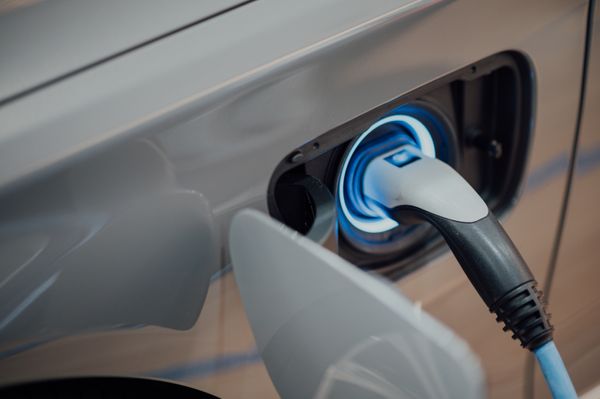One of the emerging trends in mobility today is the transition to electric vehicles (EVs). It's an exciting change that leads to immediate benefits. However, simply moving to EVs doesn't address an even more significant transportation issue —shifting the focus beyond personal vehicles to alternative commuting options.
Shuttle programs offered by single or multiple employers transport more people in fewer vehicles, reducing carbon emissions and taking up less space on our roadways. These programs increase the efficiency of the Central Texas transportation system by removing single-occupancy vehicles from the road.
Transitioning these shuttles to zero-emission fleets is crucial in helping the Central Texas environment. While the benefits of EVs are well-known, some essential factors in transitioning a shuttle program to a zero-emission fleet are unknown or misunderstood.
Our team is working with forward-thinking organizations, agencies, and employers leading the charge and transitioning their fleets away from carbon-based fuels. With their help, we've uncovered some essential knowledge that everyone should know about fleet electrification.
Here are five things you should know about transitioning a shuttle program to electric vehicles:
1) Transitioning to Electric Will Take Longer Than You Think
Planning is crucial when it comes to transitioning to an electric fleet. You'll need to consider the infrastructure required, engineering and coordination with partners, and multiple production timelines. Companies should anticipate a timeframe of 12-24 months to acquire vehicles and build out charging infrastructure.
2) You May Need More Vehicles to Run the Same Program
Electric vehicles have different mileage ranges and charging windows compared to fuel-based vehicles. Depending on the shuttle program, it may require more EVs to operate the same service.
3) Collaboration with Local Power Companies is Crucial
Collaboration with local power companies is essential to understanding and acquiring the power requirements for charging a fleet. This process can take over a year to complete and includes securing the proper permits and coordinating on To-The-Meter (TTM) gear for additional power.
4) The Initial Cost of EVs is Much Higher
While electric vehicles may be more cost-effective to operate over the long term, the initial expenditure required to launch an EV program can be higher. Many organizations choose a phased-in approach to their transition to help alleviate the financial burden of acquiring a fully electrified fleet.
5) There is EV Funding Available for You
Numerous rebate and incentive programs are available for organizations transitioning to electric vehicles. Identifying eligible programs will require extensive research, but the funding will significantly defray start-up costs.
As more and more organizations break away from carbon-based fuels, now is the perfect time to learn more about transitioning a shuttle program to electric vehicles. It requires careful planning, collaboration, and commitment, but the overall process is rewarding.
If you have any questions about electric vehicles along the way, we are here to help. Contact Michael Morrison mmorrison@hallcon.com or visit www.hallcon.com for more information.

